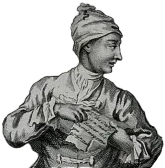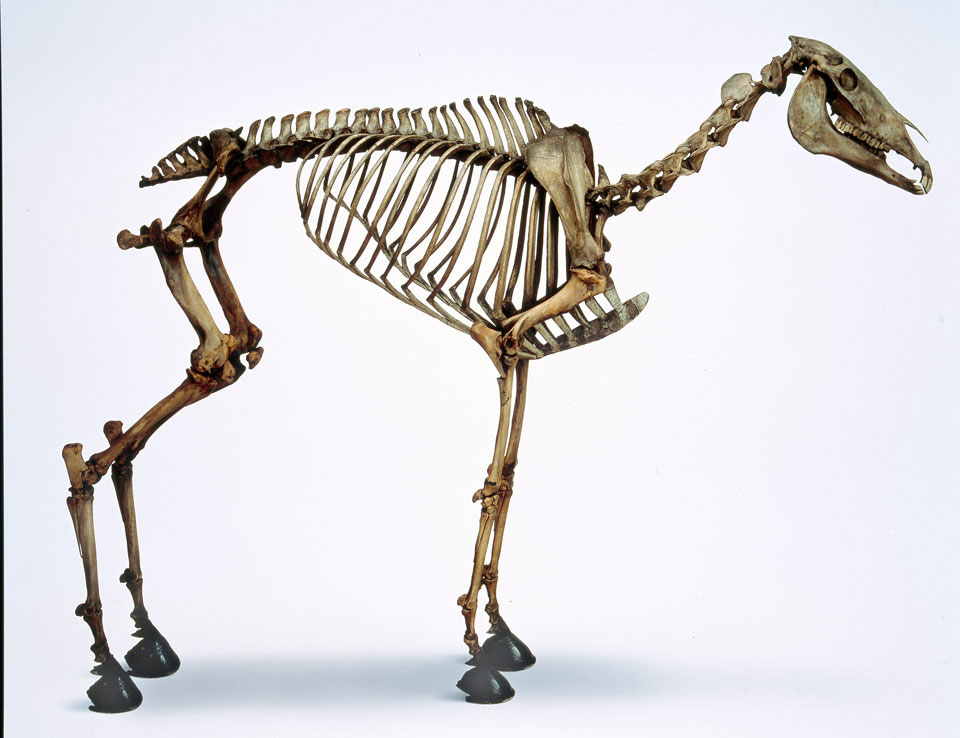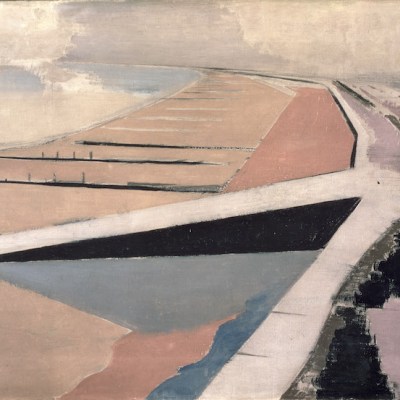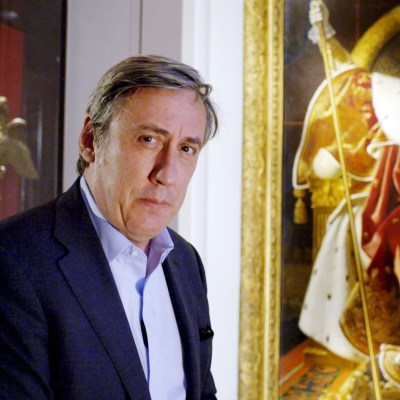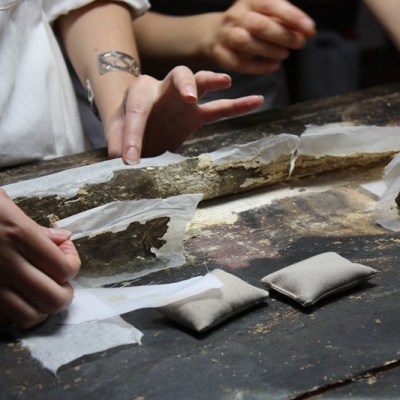Introducing Rakewell, Apollo’s wandering eye on the art world. Look out for regular posts taking a rakish perspective on art and museum stories.
It’s been a bumper year so far for fans of osteology. As the skeleton cast of Dippy the Diplodocus – London’s Natural History Museum’s top visitor attraction – embarks on a celebratory tour of the UK, conservators at Pittsburgh’s Carnegie Museum have announced the discovery of a find scarier than any dinosaur.
The museum has revealed that during a CT scan last year, a waxwork of a man riding a camel while battling ferocious lions – one of the highlights of its collection – was found to be rather closer to the bone than previously believed. Chillingly, the rider’s head contained a real human skull. ‘It’s why the human face is as accurate as it is’, said conservator Gretchen Anderson.
Meanwhile, at Chelsea’s National Army Museum, a row has flared up over a skeleton that was long thought to have belonged to Napoleon’s favourite horse, Marengo. According to The Times, two historians have challenged the identity of the hapless dobbin, and indeed dispute whether Marengo ever existed at all.
Having trawled through the archives pertaining to every single one of the Boney’s 1,762 horses, they have discovered not a single reference to Marengo. ‘All the evidence points towards a big yarn,’ Gareth Glover, treasurer of the Waterloo Association, told the paper.
So is the Army Museum really flogging a dead horse? On the strength of this, erm, skeletal evidence, Rakewell must decline to comment.
Got a story for Rakewell? Get in touch at rakewell@apollomag.com or via @Rakewelltweets.
